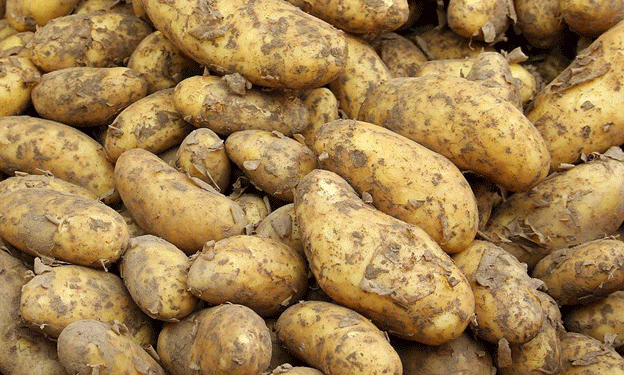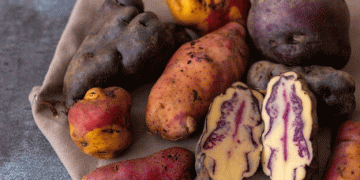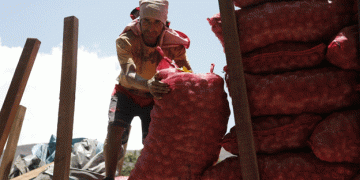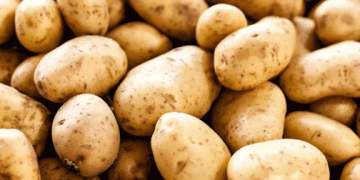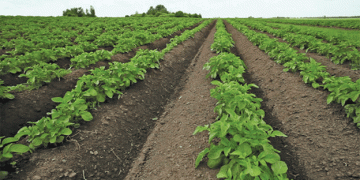Potato Boom in Southern Russia: Kochubeyevsky District Expects 3X Growth in 2025 Harvest
Farmers in Kochubeyevsky District of Stavropol Krai are planning a remarkable expansion in potato production, projecting a harvest of over 7,000 tons in 2025. Enhanced irrigation and increased acreage are at the heart of this growth, making it a regional model for boosting yields in challenging climates.
Kochubeyevsky District Gears Up for a Record Potato Harvest
In 2025, potato growers in Kochubeyevsky District of Stavropol Krai, Southern Russia, are aiming to harvest more than 7,000 tons of potatoes—nearly triple the volume collected in 2024. This significant boost follows a strategic expansion of cultivation areas and the introduction of modern irrigation systems, according to the regional government’s press service.
The district will plant:
- 60 hectares of spring varieties
- 130 hectares of summer varieties
- 15 hectares dedicated to table potatoes
With an average expected yield of 350 centners (35 tons) per hectare, the new total cultivated area of 205 hectares marks a substantial increase from the 94 hectares planted in 2024, when only 2,400 tons were harvested. The key driver behind the improved yield is an expanded irrigation network, which is increasingly critical amid climatic instability and unpredictable rainfall patterns.
Contextualizing the Growth: Stavropol’s Role in Russia’s Potato Sector
Kochubeyevsky’s expansion reflects a broader trend in Stavropol Krai, a region that is quickly becoming a major hub for vegetable and potato production in Russia. In recent years, Stavropol has tripled its vegetable shipments to other regions, according to the Ministry of Agriculture of the Russian Federation. The favorable agro-climatic conditions, combined with state-supported modernization efforts in irrigation, seed selection, and machinery, have positioned the region for high-performance farming.
Nationwide, Russia is projected to plant 286,000 hectares of potatoes in 2025, with particular focus on modernizing production in organized sectors. With strategic efforts like those in Kochubeyevsky District, local economies can strengthen their contributions to national food security, reduce dependency on imports, and enhance export potential.
Lessons from Kochubeyevsky: Irrigation Pays Off
In arid and semi-arid zones like Stavropol, irrigation efficiency is a key factor in yield optimization. The district’s rapid rise in output illustrates how even medium-sized farming regions can scale up production when provided with infrastructure investments. Moreover, the cultivation of summer varieties—which are often more resilient and can be timed to meet market demands—enables a more flexible harvest schedule and better profit margins for farmers.
Conclusion
Kochubeyevsky District’s expected 2025 potato harvest is more than just a local success—it’s a case study in how strategic investments in irrigation and expanded acreage can drive exponential yield growth. As Russia seeks to stabilize food prices and increase self-sufficiency, replicating such models across regions could unlock major benefits for producers, consumers, and the national economy alike.
